Hey Newschoolers and Freeskiers across the globe,
Please follow my IG @Skiingphysicaltherapy for more content.
I am back to give some wellness and fitness advice in this crazy time we are in right now. The lockdown has created difficulties for those involved in fitness. With gyms being closed and many public places having occupant limitations, strength and conditioning has been a struggle for many. If you want to take your skiing to the next level, improving your fitness is a great first step.
Based on the American Heart Association Guidelines:
For Adults:
Get at least 150 minutes per week of moderate-intensity aerobic activity or 75 minutes per week of vigorous aerobic activity, or a combination of both, preferably spread throughout the week.
Add moderate- to high-intensity muscle-strengthening activity (such as resistance or weights) on at least 2 days per week.
Kids 6-17 years old:
Get at least 60 minutes per day of moderate- to vigorous-intensity physical activity, mostly aerobic.
Include vigorous-intensity activity on at least 3 days per week.
Include muscle- and bone-strengthening (weight-bearing) activities on at least 3 days per week.
I would like to talk about appropriate progressions to those new to fitness and then give some creative ideas and recommendations for home fitness programs. For people newer to fitness, or those that are getting back into the swing of things, dosage is very important. Overuse injuries, muscle strains and tendonitis are real concerns that can develop if you do not progress appropriately. Listen to your body, warm-up and cooldown after each session.
Cardio at home:
Doing cardio/ endurance exercise at home is the easiest in my opinion. Options can include walking, running, biking and more. An appropriate running program can benefit skiers in many ways, boosting the cardiovascular system and building muscular endurance. There is a popular opinion that running is bad for your knees. Research actually shows that recreational running decreases your risk for arthritis and actually benefits knee health. Here are two a examples of running programs I found on runnersworld.com. The first is more of a beginner program, second is more advanced.
Beginner plan:
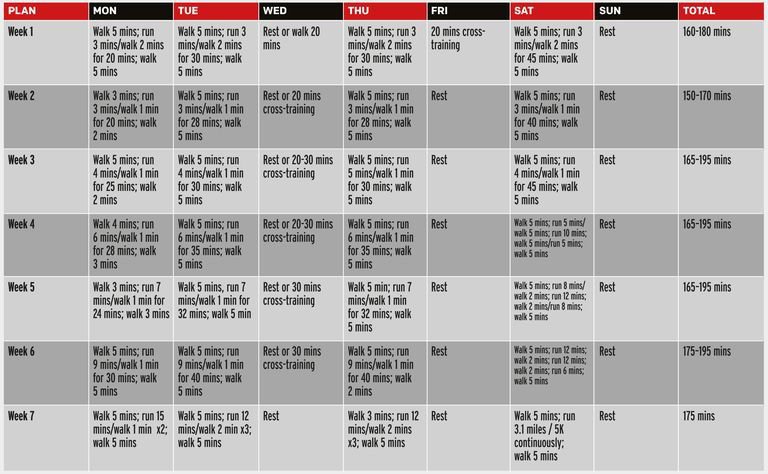
Advanced Plan for a 10k race:
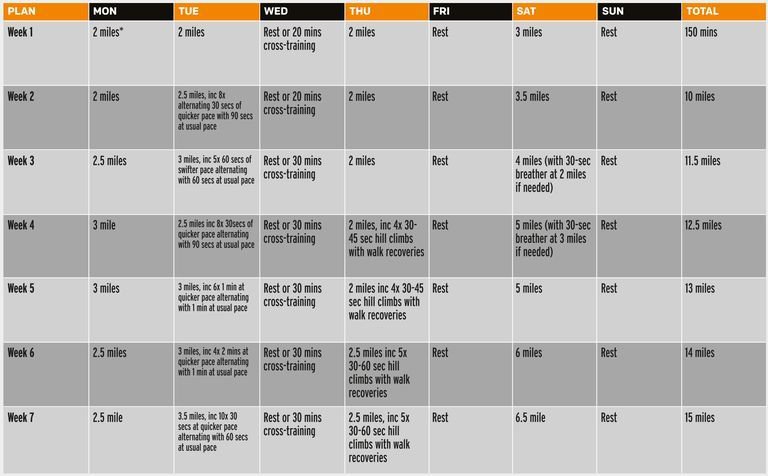
When beginning a running program, listen to your body. Soreness shouldn’t last for more than 48 hours. Do a proper warmup/ stretching and cooldown walk afterwards. Go to a running shoe store if you start building up the miles to get appropriate footwear. Biking is another option as well, though it requires buying a bike. Similar progressions for biking are easily found on a google search.
Strengthening at home:
Strengthening at home requires some creativity. To make it simple, I’ll split the body into upper and lower halves and give examples of each separately. As on my first post, strength is king in regard to reducing injury risk. If you don’t have weights at home, you can use your own body weight and gravity to strengthen.
Here is an example of lower body workout on my IG that you can try at home.
https://www.instagram.com/p/B-fepMklEk8/?utm_source=ig_web_copy_link
Here is the circuit that hits every major muscle group:
-Lunges Alternating
-Single Leg Bridges
-Goblet Squats
-Calve Raises
-Reverse Nordics
If you have TheraBands at home, this circuit can be another option:
https://www.instagram.com/p/BwAEmGSlfSb/?utm_source=ig_web_copy_link
For an upper body workout, try pushups, dips and pullups. Pushups come in many variations including traditional, incline, decline and many more. Dips can be done one a sturdy chair or bench as shown below. Focus on control throughout each rep. 3 sets of 10 is a good starting point. Listen to your body, soreness past 48-72 hours means you are over doing it. Pull-ups can be challenging to do at home, but there are cheap door-frame bars available. A sturdy tree branch maybe? Playgrounds also often have bars to use. Try both undergrip and overgrip pull-ups.
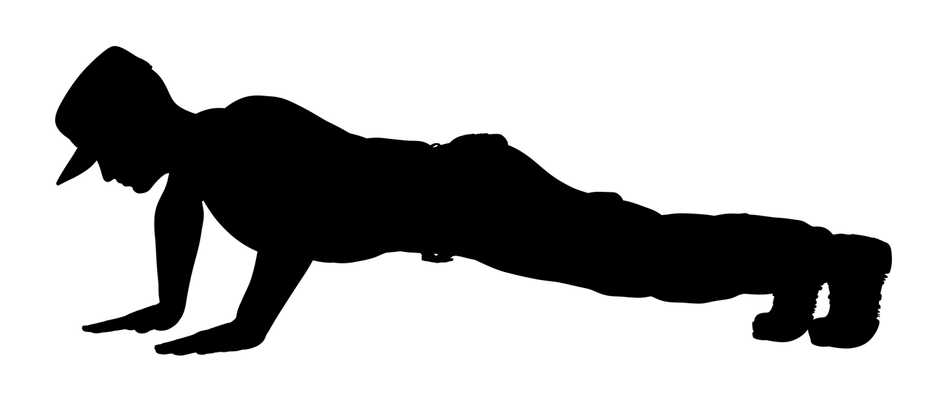

For a core specific progression, here is an example on my youtube channel.
https://www.youtube.com/watch?v=0YLl2w4MnLI
Plank and sit-up variations are a good starting point. Build up your time as you improve! Give some of these exercises a try and let me know what you think in the comments.
How to track your fitness?
The 300-yard shuttle test is a good baseline for cardiovascular endurance. How to do it: two cones 25 yards apart, 6 laps. 5 mins rest. Goal is under 60 secs total, twice.
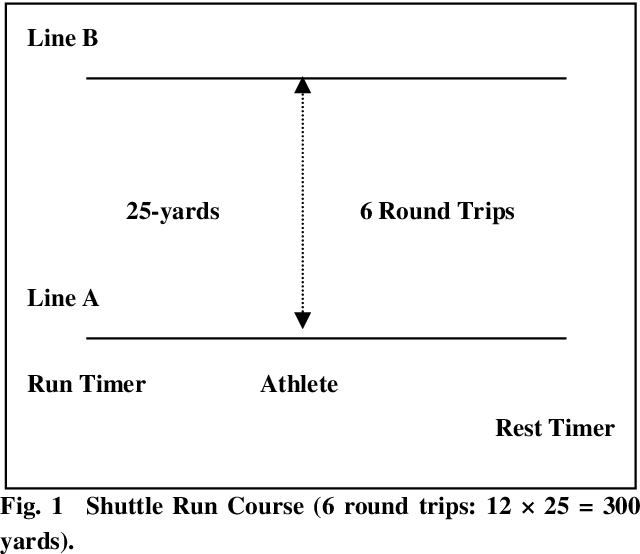
1.5 Mile Run Test helps track aerobic endurance. Run 1.5 miles after a proper warm-up as fast as possible and track your time improvement.
T-Test tests agility in all directions. Cones distance as marked. Start at cone A, run forward to B, side shuffle to C, side shuffle to D, side shuffle back to B, run backwards to A. Excellent timed scores for males is under 9.5 secs and females under 10.5 secs.
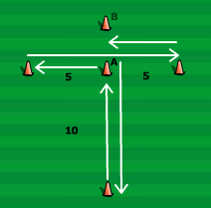
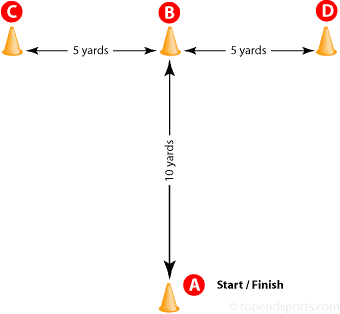
I hope this post helps guide you toward your fitness journey. Let me know how it goes in the comment section. Good luck, and as always, land Gucci. Please follow my IG @Skiingphysicaltherapy for more content.
My posts and information provided are for educational purposes only. This is not medical advice and any medical advice should be sought by a licensed medical professional.
References:
2.) Alentorn-Geli E, Samuelsson K, Musahl V, Green CL, Bhandari M, Karlsson J. The Association of Recreational and Competitive Running With Hip and Knee Osteoarthritis: A Systematic Review and Meta-analysis. J Orthop Sports Phys Ther. 2017;47(6):373‐390. doi:10.2519/jospt.2017.7137
3.) Hyldahl RD, Evans A, Kwon S, et al. Running decreases knee intra-articular cytokine and cartilage oligomeric matrix concentrations: a pilot study. Eur J Appl Physiol. 2016;116(11-12):2305‐2314. doi:10.1007/s00421-016-3474-z

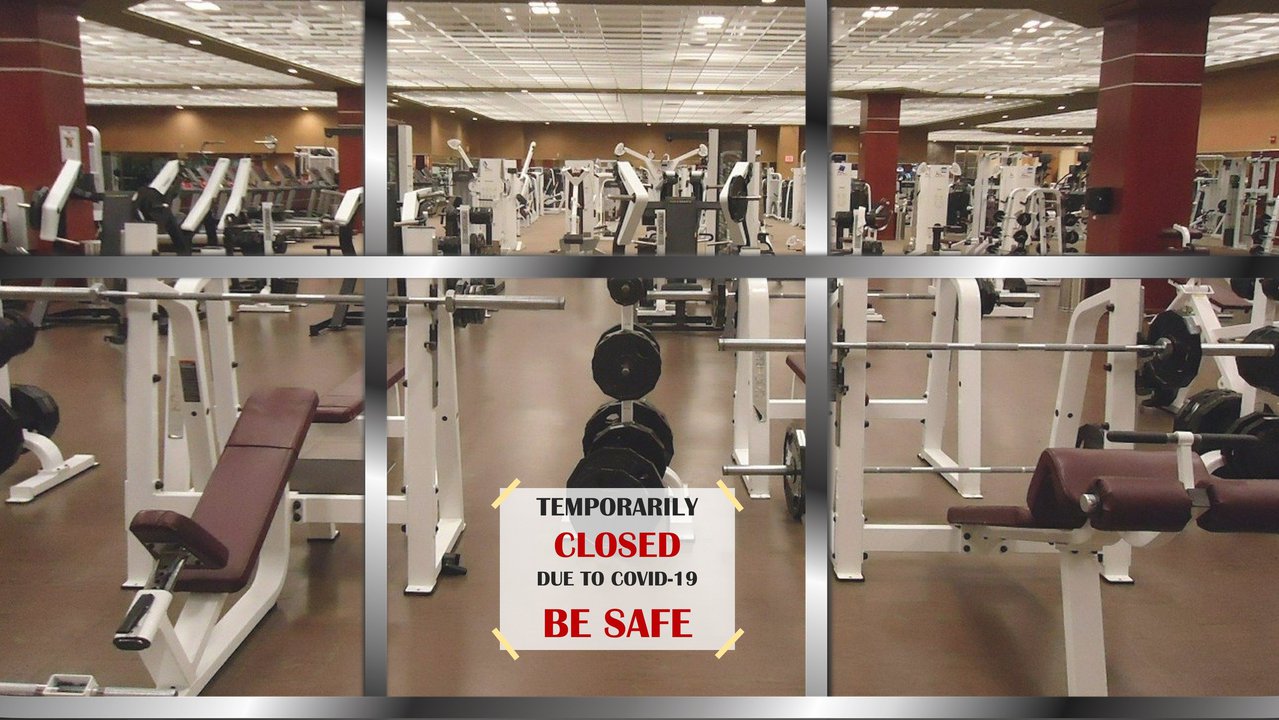
Comments